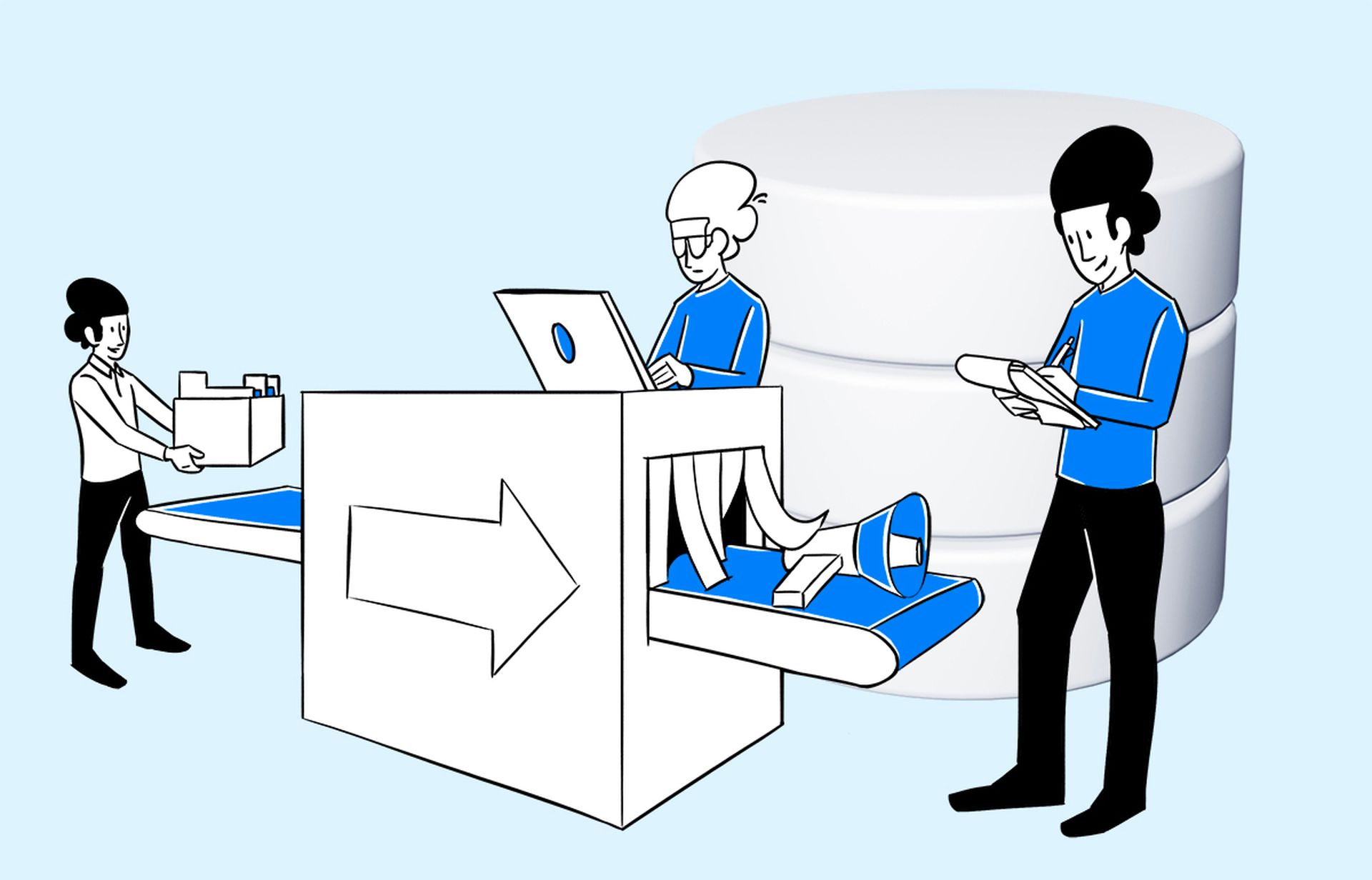How not to drown in your data lake with data activation

Data activation is seen as the primary factor for enhancing marketing and sales effectiveness by almost 80% of European companies. In today’s digital era, data is the key that allows companies to unlock better decision-making, understand customer behavior and optimize campaigns. However, simply acquiring all available data and storing it in data lakes does not guarantee success.
The true meaning of data activationFor the past few decades, organizations worldwide have collected all sorts of data and stored it in massive data lakes. But these days it’s clear that more is not always better, and centralized data storage is becoming a burden. Collecting huge amounts of information can result in violations of data privacy regulations like GDPR, which demand strict user consent and control over personal data. It can also overwhelm systems and lead to poor data management, making it harder to extract actionable insights.
A more efficient approach is to collect only useful information and then “activate it”. Data activation involves integrating and analyzing information from various sources to make better decisions, drive marketing strategies, and enhance customer experiences. Unlike simple mass data collection, the focus is on using data to achieve tangible business outcomes.
5 key benefits of data activationAccording to the study by Piwik PRO, European companies activate data for several reasons. The primary purposes are personalizing user experience (over 44%) and optimizing marketing efforts (almost 44%). Over 38% of participants indicated reaching the right audience; 30% want to improve customer experience; and almost 29% are using it to generate leads.
- Personalizing and improving user experience: Data activation enables the delivery of customized experiences to audiences by catering to their specific needs and behaviors. This personalization happens across multiple channels, such as websites, mobile apps, and email campaigns. For instance, companies can use data to recommend products based on past purchases or browsing history.
- Optimizing marketing efforts: Data activation enables merging data from different sources, such as CRM systems, analytics tools, and marketing automation software. This integration helps streamline operations and provides a holistic view of business performance. Marketers can also identify the most effective channels, content and time to communicate with their customers. This results in on-the-spot adjustments to campaigns, more efficient budget allocation, and generation of valuable leads.
- Reaching the right audience: More precise audience segmentation leads to more accurate targeting of outcomes. Understanding the unique needs and preferences of diverse customer segments helps companies create effective marketing messages, ultimately boosting conversion rates and customer loyalty.
- Compliance and risk mitigation: Proper data activation practices help ensure compliance with data protection laws, reducing the risk of penalties and damage to companies’ reputation. Businesses that efficiently handle and utilize their data have an advantage in dealing with the challenges of digital privacy laws.
- Innovation and competitive advantage: Data activation empowers companies to innovate by identifying new market opportunities and responding to customer needs more swiftly. This agility can provide a significant competitive advantage, particularly in rapidly changing markets.
When activating data and making it usable for marketing and sales teams, companies should turn to customer data platforms (CDPs). These are usually standalone solutions, but some companies offer a CDP as a part of an analytics platform, which can lead to faster and more accurate results.
A CDP helps organize, segment, and apply data to different business activities. Piwik PRO’s study found that nearly 66% of respondents have considered implementing a customer data platform in their company, but the numbers differed among countries. For example, in Denmark only 51% have considered doing so, while in Germany as many as 75% have thought of making this move.
Piwik’s PRO survey reveals that over 44% of respondents believe that the most beneficial aspect of a CDP solution is the integration of data from multiple sources. Other advantages include optimizing the customer experience (38%), eliminating data silos (35%), and creating complete customer profiles and segmentation (34.3%). The least cited benefit is the ability to create behavioral audiences for marketing activities (17.3%).
Despite many positive outcomes, merging data from disconnected sources in a CDP can bring its own share of challenges and quality issues. Over 51% of respondents cited security and compliance as the most challenging aspect of combining data from different sources. The next significant issue is inaccurate data, highlighted by 42.6%, followed by migration (33%) and duplication (almost 25%).
For European companies, strategic data activation is not just a technological enhancement but a necessity. It bridges the gap between data collection and actionable insights, driving business growth, improving customer experiences, and ensuring compliance with stringent regulatory frameworks. As the digital landscape continues to evolve, mastering data activation will be crucial for companies aiming to thrive in a data-driven world.
